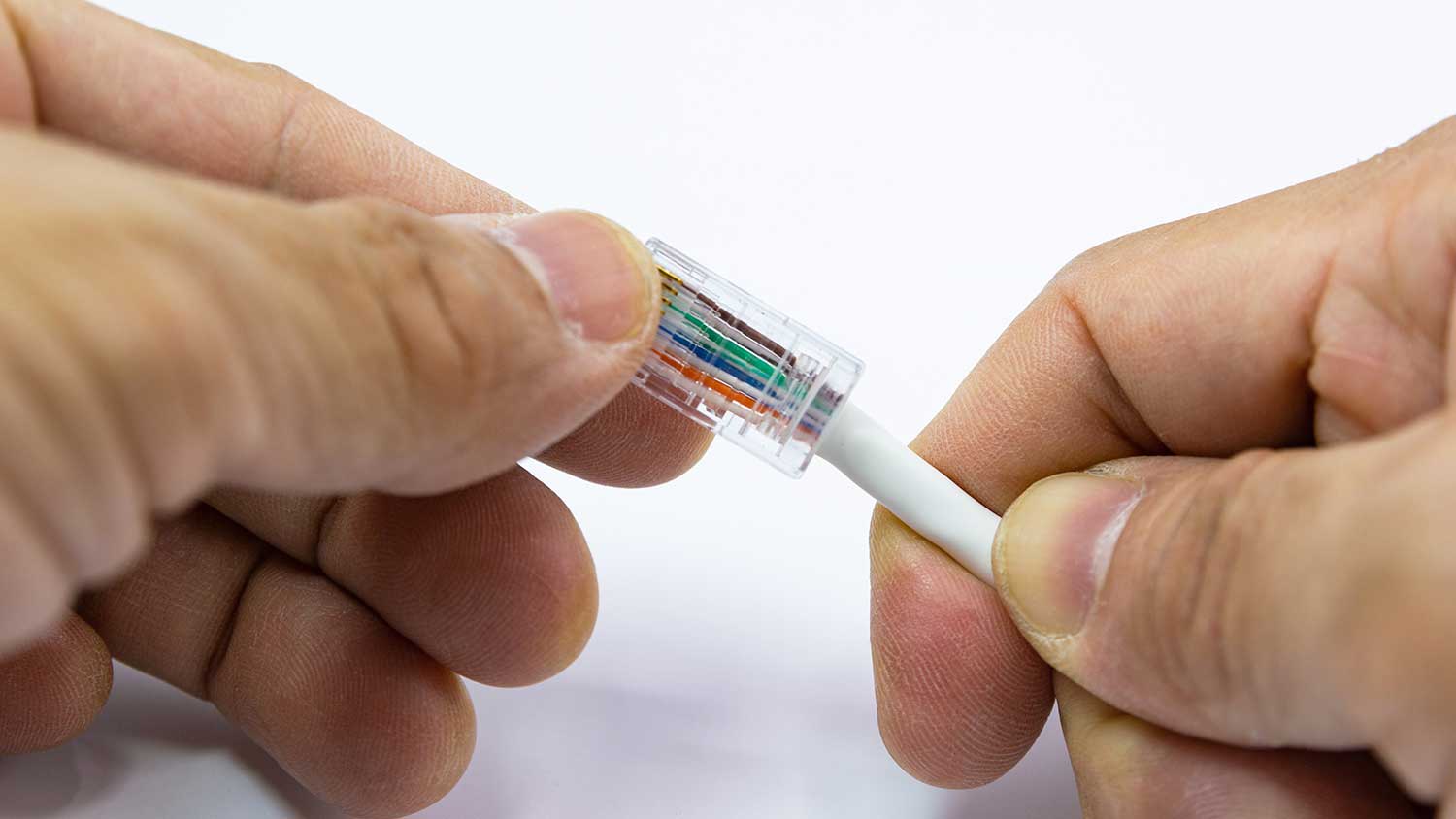
Wondering who can install recessed lighting? See who to hire, other pro options, steps, and costs to plan your project confidently.



From average costs to expert advice, get all the answers you need to get your job done.

Wondering who can install recessed lighting? See who to hire, other pro options, steps, and costs to plan your project confidently.

Who can run ethernet cable through walls? Learn whether to hire an electrician or general contractor, what to expect, and how pros get it done.

Learn who to call for electrical problems—electrician or power company—and when to get help. See pro steps, safety tips, and hiring guidance.

Learn how to budget for the cost of rewiring a house based on factors like house size, age, permits, and type of wiring.

Budget for the cost to install under-cabinet lighting based on factors such as fixture type, materials, lighting style, professional labor, and more.

Budget for the cost to install recessed lighting based on factors such as type of light, wiring, labor, trim and finish type, and more.